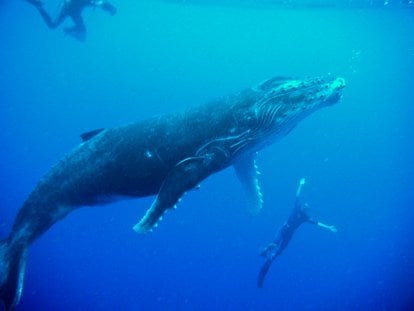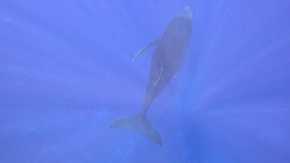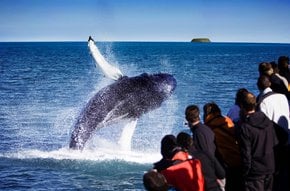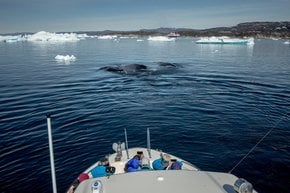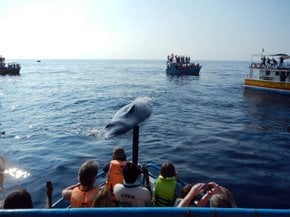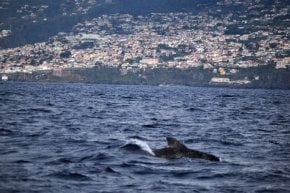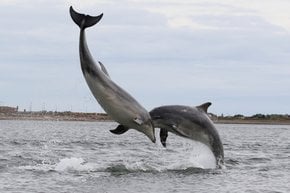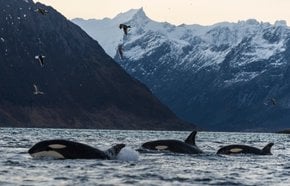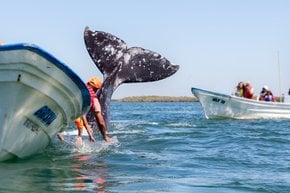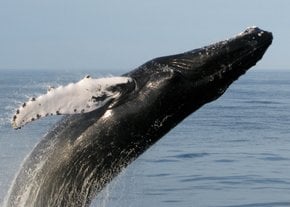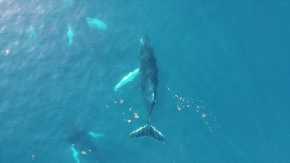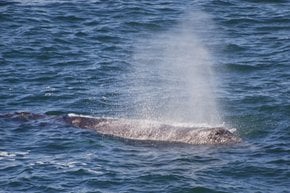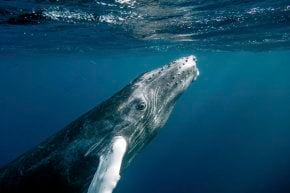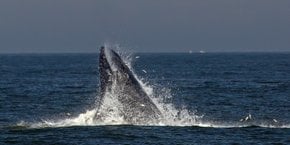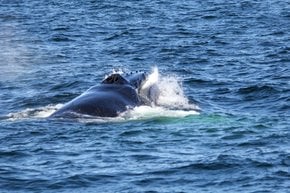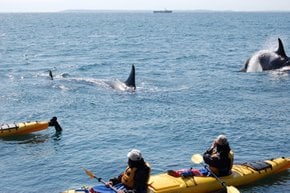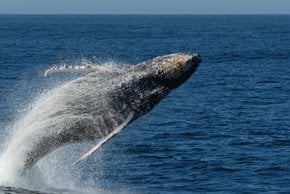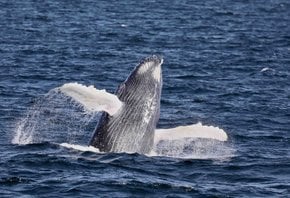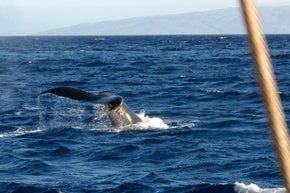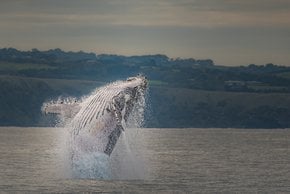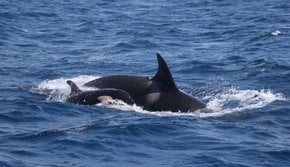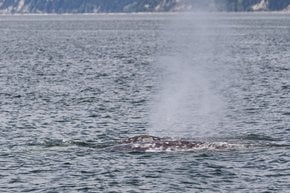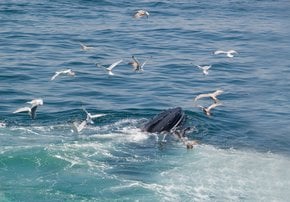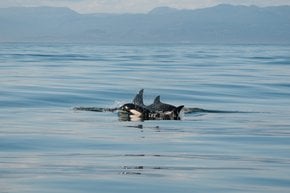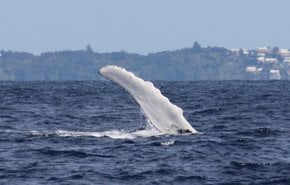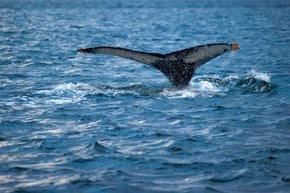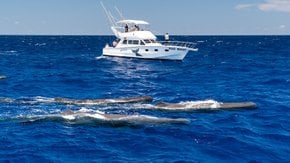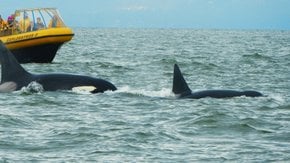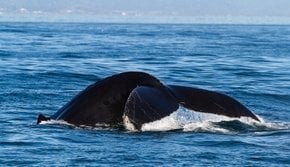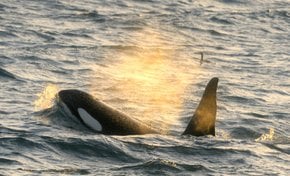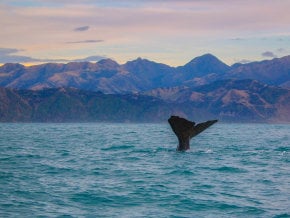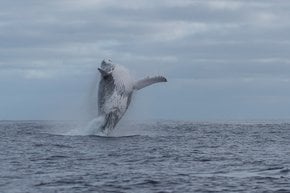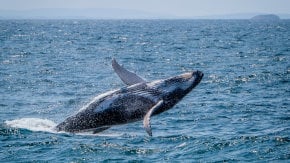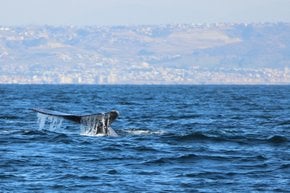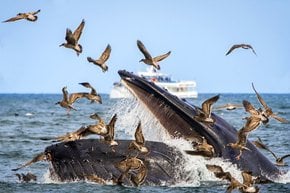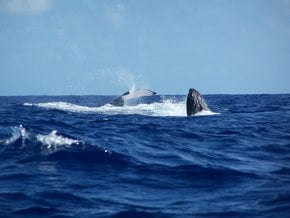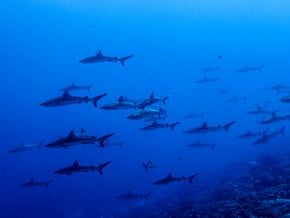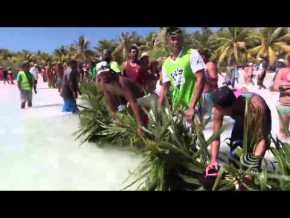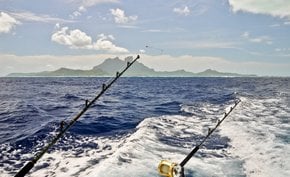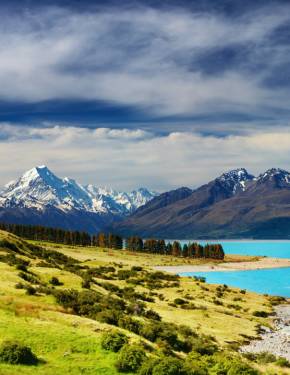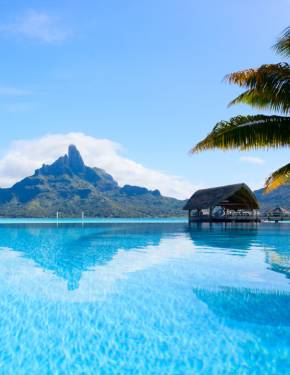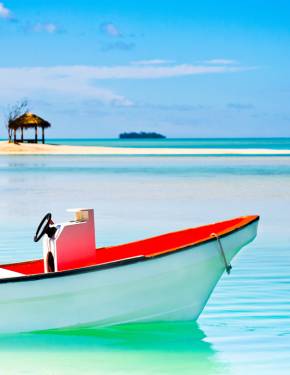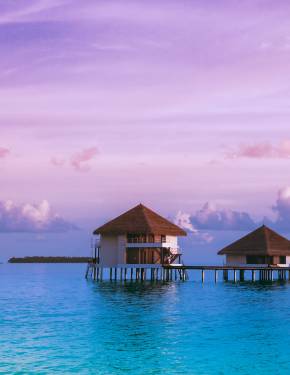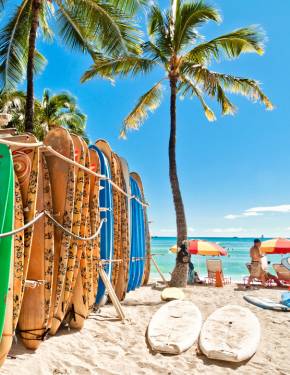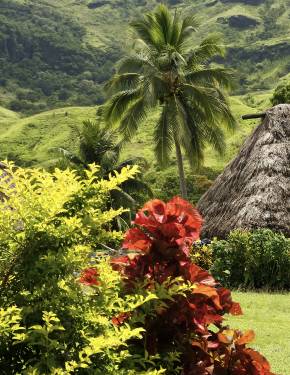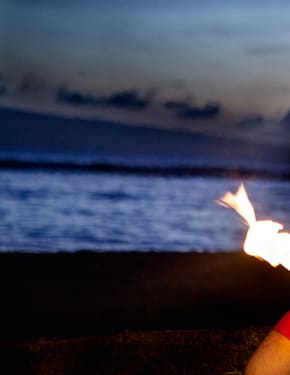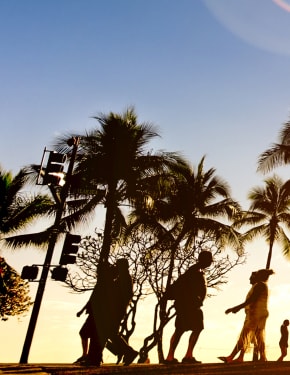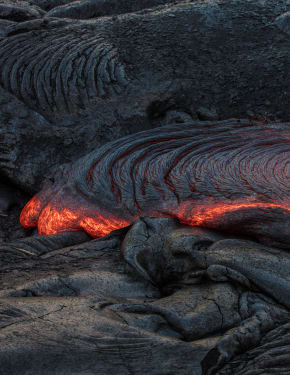Humpback Whales in French Polynesia 2026
Don't miss the opportunity to observe humpback whales and swim up close with these ocean giants
Best time: August–October
At the end of June or in early July, humpback whales come up from Antarctica to breed and give birth in the waters surrounding Tahiti, Moorea, Rurutu, and Bora Bora. During late October or November, when the newborn calves are strong enough, humpbacks migrate back to Antarctica.
Best time to see whales in French Polynesia
The peak season to observe whales in French Polynesia is between mid-August and late October. It's the best time to come if you want to see these majestic mammals, their amorous game, and the newborns. Some agencies offer excursions with professionally trained guides who help to ensure the marine mammals are respected and not bothered. If the weather is nice, and the whales are in a resting phase, you can even snorkel with them.
Best places to see whales in French Polynesia
Moorea is perhaps one of the best places for diving or snorkeling with whales. The island usually operates small tours with not more than 20 people per boat. In addition to whales, wildlife encounters in Moorea include dolphins, sharks, and rays. Another great location to swim with humpback whales is the remote Austral Islands. These islands are less touristic and definitely lie off the beaten path.
Humpback whales tours in French Polynesia
Moorea whales watching tour
French Polynesia provides a wide range of guided tours where you can not only watch but also swim with the whales. The Humpback Whale Swim and Snorkel Tour, for example, gives a chance to explore the depths of Moorea's spectacular lagoon with majestic humpback whales and spinner dolphins. The half-day cruise also includes pink whip ray stingrays, blacktip reef sharks, leopard rays, and grey sharks, all for $142.
Tahiti whales watching tour
Another option is the Tahiti Whales Watching Tour. With experienced guides and comfortable boats, the tour is suitable for all ages. The 3-hour trip has safe and respectful conditions for approaching the animals. Prices range from €85 to €145.
Rurutu whales watching tour
If you are looking for a whale-watching tour in Rurutu, Snorkeling with Humpback Whales tour could be one of the options. Over the weekend, you’ll have the chance to enjoy the company of humpback whale mothers and calves in the crystal-clear waters of Rurut. The package features 6 nights of accommodation, 5 full days of free diving with whales, an experienced humpback whale guide, airport transfers, and breakfast at the hotel.
Bora Bora whales watching tour
A Half Day Whale Watching Tour on Bora Bora promises a great experience, as the boat is equipped with a directional hydrophone that helps to locate whales by singing. The 3.5-hour tour provides the group with a professional guide and can be postponed due to bad weather conditions to put the maximum of chances to catch glimpses of whales. The Half Day Whale Watching Tour costs €125 for adults (ages 12+) and €109 for children

